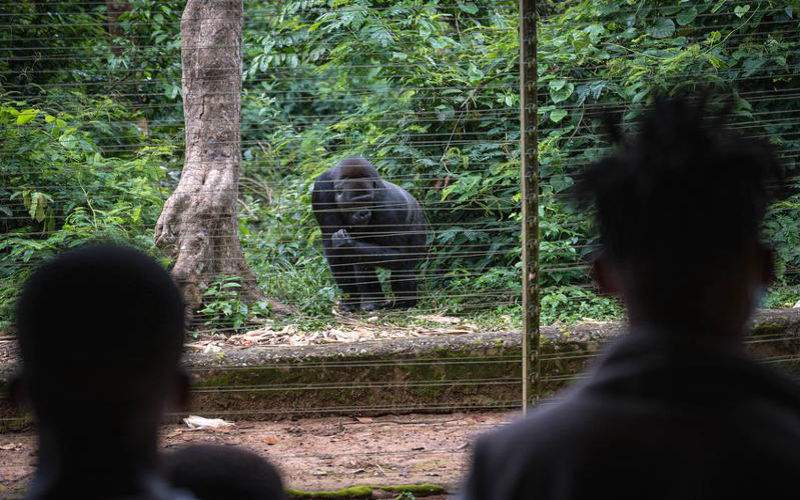Latest rhino count a mixed bag for world's five species

While Black rhino numbers have grown, other rhino populations face an existential threat, a new report finds. Poaching is on the rise in South Africa, which has more rhinos than anywhere else.
The latest global rhino count shows a mixed bag for the world's five rhino species in Africa and Asia.
The number of black rhinos, found only in the wild in eastern and southern Africa, grew from 6,195 to 6,788.
More To Read
- Kenya’s rhino boom signals major win for wildlife conservation as population grows by 31pc
- Race against time: Fight to save the Northern White Rhinos
- Three wildlife traffickers arrested, Sh2.9m rhino horn seized in Homa Bay operation
- Kenya to use assisted reproduction in bid to save northern white rhino from extinction
- Kenya relocates 21 black rhinos to save them
- 21 black rhinos moved to Laikipia's Loisaba Conservancy to boost population
That's according to a report published Thursday by rhino specialist groups and commissioned by the CITES secretariat.
The increase of 593 animals is "a win for this critically imperilled species," the International Rhino Foundation said in reaction to the report.
The global population estimates don't include rhinos in zoos but rather only those in the wild or national parks.
The number of greater one-horned rhinos, native to northern India and southern Nepal, also nudged upwards slightly from 4,014 to 4,075.
The greater one-horned rhino is a conservation success story - only around 200 of them remained in India at the beginning of the 20th century.
Now, the largest rhino species on earth is considered to be in recovery, the report finds.
But there is bad news for other rhino species.
Southeast Asia's rhino species, which are only found in Indonesia, "remain on the edge of extinction," according to the report.
The population of the Sumatran rhinos is virtually unchanged from 2022 estimates, with just 34-47 animals remaining.
The smallest and only hairy rhino species is found mostly in the dense tropical forest and lowland swamps of the Indonesian island of Sumatra.
Poaching and habitat loss from palm oil plantations seriously threaten their survival.
And the number of Javan rhinos has dropped significantly from an estimated 76 to just around 50, due entirely to poaching.
There is only one known population of Javan rhinos left, at a national park on the Indonesian island of Java.
In Africa, the number of white rhinos fell from 15,942 to 15,752.
That's a drop of 190 animals since the last count in 2021, primarily due to increased poaching pressure, extended droughts and management limitations, the report says.
Globally, the illegal trade in rhino horn has decreased in recent years.
But the rhino report stressed that poaching was taking on a worrying new trend in South Africa, which has more rhinos than anywhere else.
At least 91 rhinos were killed in South Africa in the first quarter of 2025 alone.
South Africa currently accounts for two-thirds of illegal rhino horns seized around the world, with most headed for Malaysia and Vietnam.
It is often looking for new ways to deter poachers, and one group of scientists launched a project last week to inject radioactive material into the horns of rhinos.
The scientists say it's harmless for the animals, but allows horns to be detected by border authorities when they are being smuggled.
Top Stories Today












































